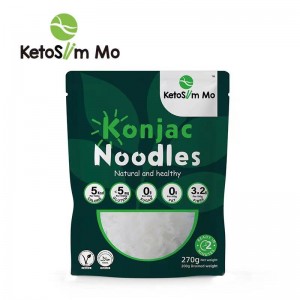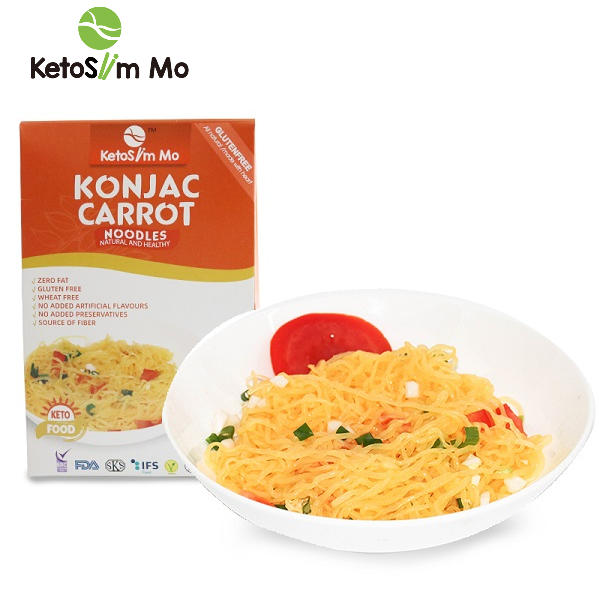where are miracle noodles made| Ketoslim Mo
Step 1: Kneading and mixing
As a first step, the wheat flour and water goes into the mixing machine in the noodles manufacturing process. Here, dough is kneaded with about 0.3 to 0.4kg water at a temperature of 20 to 30 degree Celsius, thus providing the dough with text form tissue generating elastic feature for the noodles.
Step 2: Noodle belt
Then the dough goes into two rotating rollers wherein two noodles belt is bought together as one belt, helping to distribute the noodles evenly. The dough is also left for a specific time to mature.
Step 3: Rolling and Slitter
With the help of pressing rollers, the 10mm thick noodles is flattened repeatedly using four rollers and finally becomes thin at 1mm thickness. These noodles are then put into the slitter, where with the help of roller blades these instant noodles are made even thinner and wavy.
Step 4: Steamer and Dipping bath
It is important stage in which noodles are steams where the instant noodles is steamed for one to five minutes. Then the steamed noodles are dipped in seasoning.
Step 5: Dehydration & Cooling process
Most of the noodles are dehydrated either by oil frying or air drying, thus giving rise to fried or non-fried noodles. There are also the steamed noodles that are known as Raw-type instant noodles.
Step 6: Packaging of Noodles
The last step is packaging, check USA noodle packaging supplier. Packaging of noodles holds paramount importance to make your noodle products prominent. Your noodles products don’t attract the maximum number of the customers if its packaging will not be unique and distinguished.
The outstanding packaging will noodles product superb and fantastic. It will make your brand famous in the market.
What foods contain konjac root?

What are the Benefits of Eating miracle noodles?
Soluble fiber is very low in calories and lowers the energy-to-weight ratio of the food that is consumed.
It has shown to promote satiety via several mechanisms. Including shirataki noodles will keep you full for longer!
It slows down digestion which again induces satiety.
It inhibits carbohydrate absorption and improves glycemic parameters (lowering blood glucose levels and inhibiting insulin spikes).
It reduces fat and protein absorption (only beneficial for excessive calorie consumption).
Are There Any Side Effects of Eating miracle noodles?
The same study shows that there are few potential side effects of glucomannan!
It may cause minor gastrointestinal issues, such as bloating, gas, and mild diarrhea. If it does, reduce the serving size.
It may reduce the bioavailability of oral medications. You should avoid eating shirataki noodles with your medication and supplements. The medication should be taken 1 hour before or 4 hours after your meal containing glucomannan.
There have been some incidents of esophagus, throat or intestine blockage by using glucomannan tablets which absorb large amounts of water. Note that the tablets are not the same as shirataki noodles which already contain water and don't pose this risk.
Since there are no nutrients, do not overuse products containing glucomannan. The vast majority of your diet should be focused on real food (eggs, meat, non-starchy vegetables, raw dairy, avocados, berries, nuts, etc).
Conclusion
Noodle production technology is strict, no side effects, many functions
Post time: Mar-11-2022




